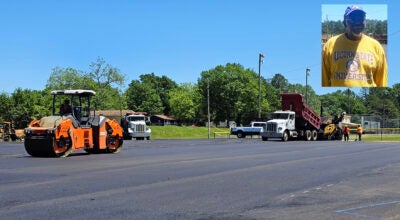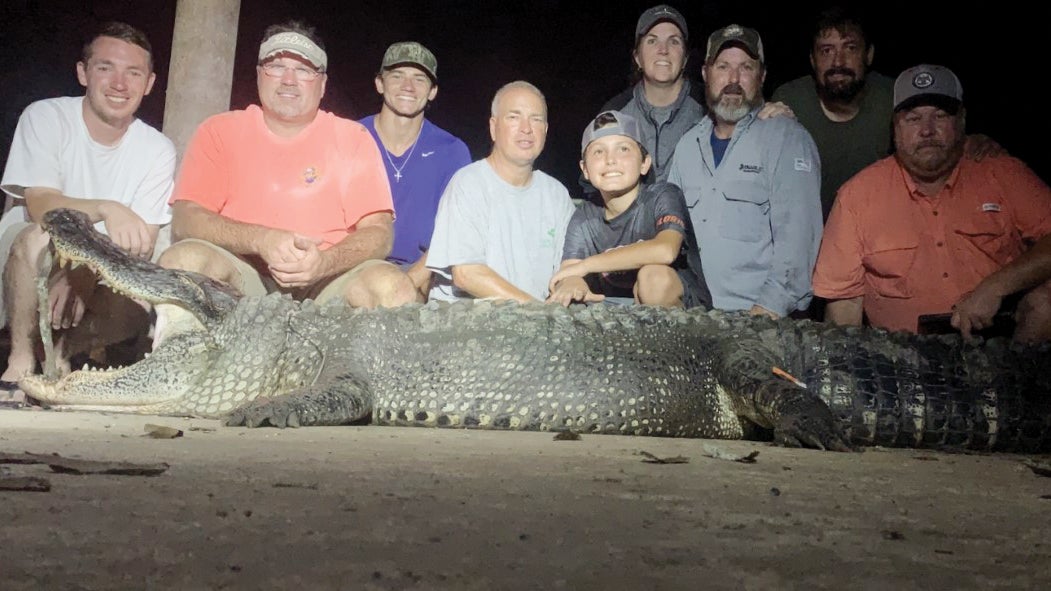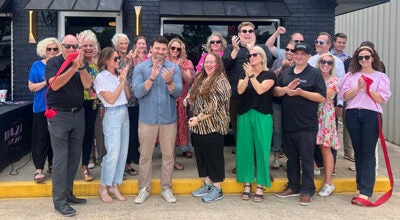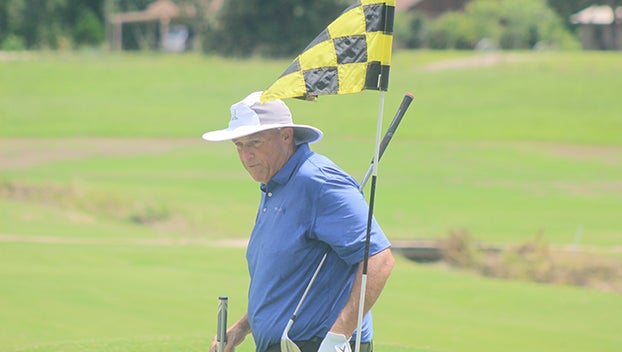Wildlife Chief of Staff shares how supplemental feed unnaturally congregates animals
Published 3:00 pm Thursday, March 21, 2024

- MDWFP Wildlife Bureau Chief of Staff Russ Walsh gives a summary about the role of supplemental feeding and its impact on animal behavior. (Hunter Cloud | The Daily Leader)
MCCOMB — Wildlife Bureau Chief of Staff Russ Walsh gave a summary about disease management as it pertains to supplemental feeding Thursday morning. Mississippi Department of Wildlife, Fisheries and Parks commissioners and the public had an opportunity to learn more about the role feeding plays in wildlife diseases.
The educational session started at 9 a.m. and ended by 9:55 a.m. at Percy Quin State Park and can be watched in its entirety on the MDWFP website.
Commissioner Leonard Bentz opened the session by first stating they had challenged their biologists to put together the informative session and made it clear the educational session would be live streamed. Last year’s educational sessions on wild turkeys was recorded and uploaded at a later date but not live streamed.
Walsh said the information gathered for the presentation came from colleagues at other wildlife agencies and Universities. When supplemental feeding was first legalized, Walsh said the statute had a provision that required MDWFP to study how it impacts wildlife health and risk of disease. Supplemental feeding was first legalized in 2007.
“We are not talking about the feed itself today. It is important to understand we are talking about the mechanism of feeding,” Walsh said. “Placing feeders on the landscape and concentrating deer unnaturally. It brings animals to a feeding site. Not the feed but the mechanism. We summarized wildlife interactions and the disease transmission risk. We also found research about CWD prions on the feeder itself.”
Natural deer foraging behavior requires significant time and energy. Deer aren’t going to the same specific location every day but covering a broad geographic area to find seasonal sources of food. In an artificial foraging setting, feeding from stationary feeders, which must be above ground and covered, brings animals to the same location day in and day out.
Research from Mississippi State University shows deer select for supplemental feeding sites on a weekly basis more frequently than they did food plots. Michigan State conducted similar research and found similar results.
“Those animals become habituated which is completely not natural if you look at normal behavior of animals,” Walsh said.
Proponents of feeding point to improved wildlife health, higher reproductive capacity, growth, harvest and viewing opportunities as reasons to supplementally feed. Walsh said research shows a constant availability of food creates an unnatural environment and causes frequent interactions with wildlife species.
One picture in the powerpoint slide showed deer and raccoons all at the same feeder at the same time. Another picture in the powerpoint showed social groups of does were close together whereas they otherwise would not have interacted together.
“Research by MSU shows those doe family groups are distinct on the landscape. Deer may live in proximity but in feeder sites this breaks down,” Walsh said.
Check back for a story looking at the disease risks associated with feeding.





